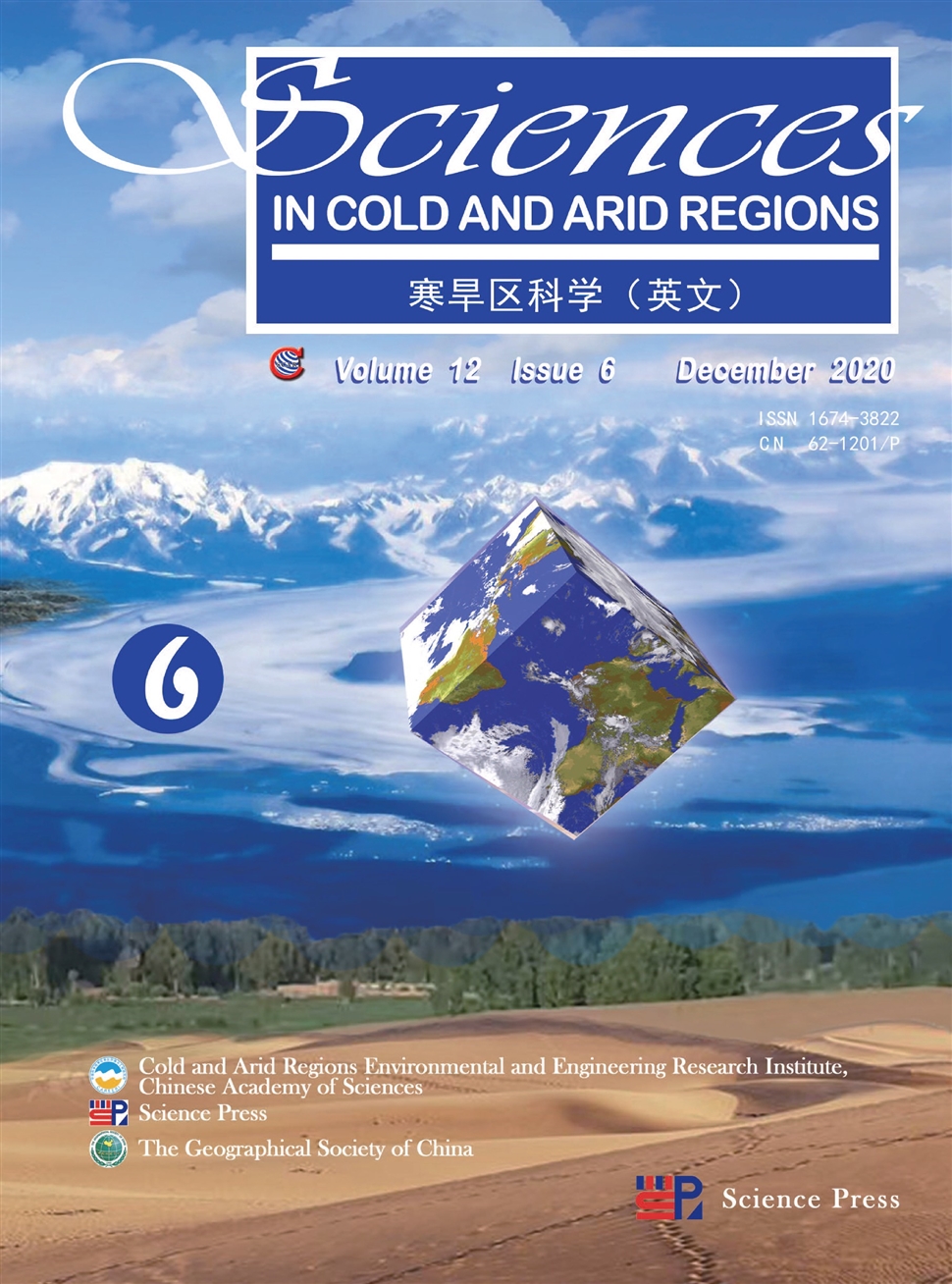Stem radial growth indicate the options of species,topography and stand management for artificial forests in the western Loess Plateau,China
作者:ShengChun Xiao,XiaoMei Peng,QuanYan Tian,Gong Zhu
摘要:An understanding of the differences in artificial forest between tree species,slope aspects,and management options in arid environments is fundamentally important for efficient management of these artificial systems;however,few studies have quantified the spatial and temporal differences in stem radial growth of trees in the arid western Loess Plateau of China.Using dendrochronology,we assessed the growth of three woody species(the native shrub Reaumuria soongorica,the exotic shrub Tamarix ramosissima and tree Platycladus orientalis)by measuring the annual stem radial increment.We also describe the long-term growth trends and responses to climatic factors on slopes with different aspects during periods with and without irrigation.We found that precipitation during the main growing season was significantly positively correlated with ring growth for all three species and both slope aspects.In addition,supplemental water(e.g.,irrigation,rainwater harvesting)greatly relieved drought stress and promoted radial growth.Our results suggest that as the main afforestation species in the Loess Plateau used for soil and water conservation,P.orientalis is more suitable than T.ramosissima under rain-fed conditions.However,a landscape that combined a tree(P.orientalis)with a shrub(R.soongorica)and grassland appears likely to represent the best means of ecological restoration in the arid western Loess Plateau.
发文机构:Northwest Institute of Eco-Environment and Resources University of the Chinese Academy of Sciences Landscape Engineering Department of South-North Mountain of Lanzhou City
关键词:DENDROECOLOGYTREE-RINGartificialforestLOESSPlateau
分类号: P[天文地球]
- Soil hydraulic conductivity and its influence on soil moisture simulations in the source region of the Yellow River―take Maqu as an example
- The 2018 Academic annual meeting of China Society of Cryospheric Science was held successfully in Foshan on November 17–18,2018
- A paleo-hydrological simulation experiment and its verification in an inland basin
- Variation in water source of sand-binding vegetation across a chronosequence of artificial desert revegetation in Northwest China
- 60-year changes and mechanisms of Urumqi Glacier No.1 in the eastern Tianshan of China,Central Asia
- Seed germination and seedling growth of Pycnanthus angolensis(Welw.)Warb.,African false nutmeg
- Origin and advances in implementing blowing-snow effects in the Community Land Model
- Estimating interaction between surface water and groundwater in a permafrost region of the northern Tibetan Plateau using heat tracing method
- Cryosphere evapotranspiration in the Tibetan Plateau:A review
- Fast genetic mapping in barley:case studies of cuticle mutants using RNA-sequencing


